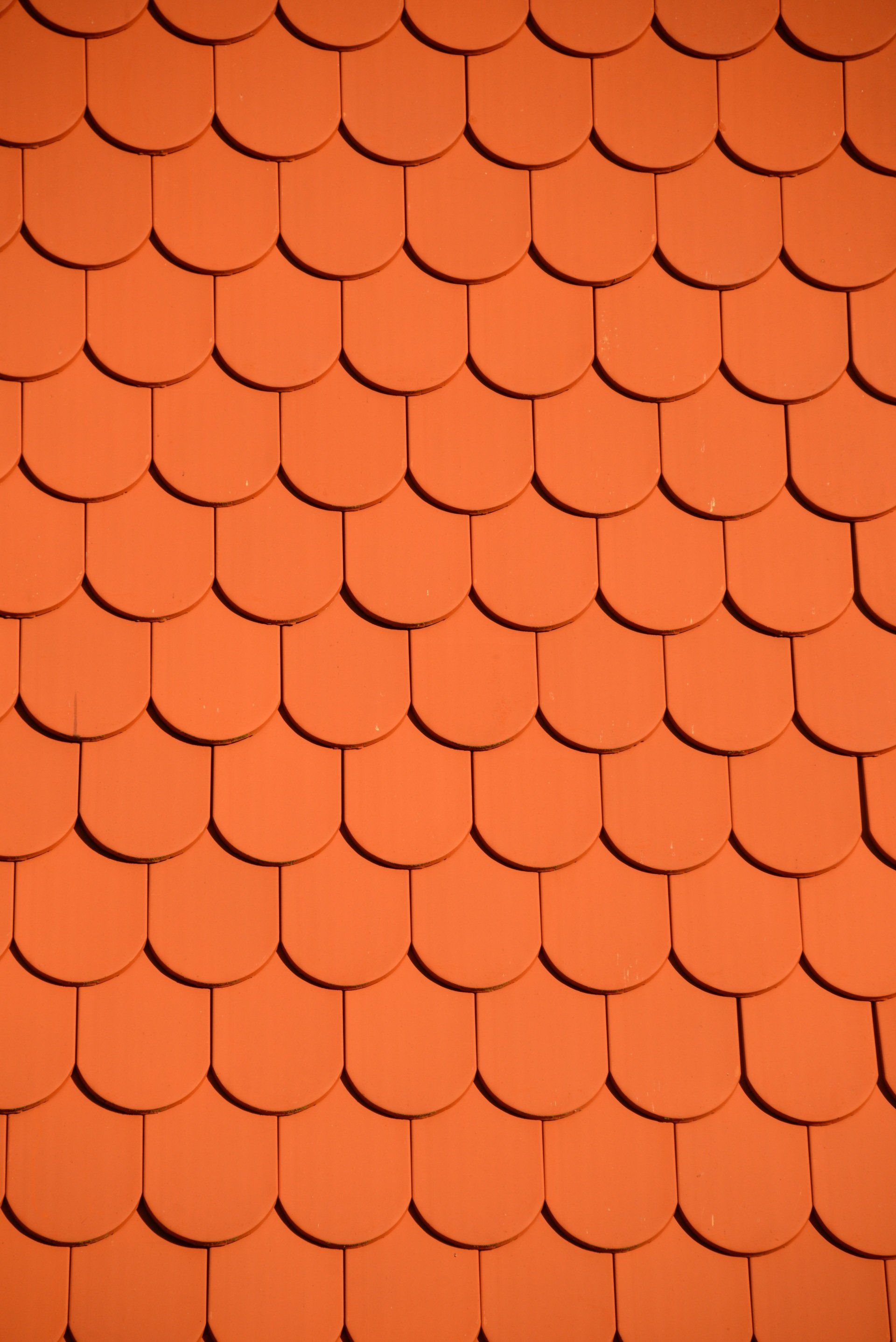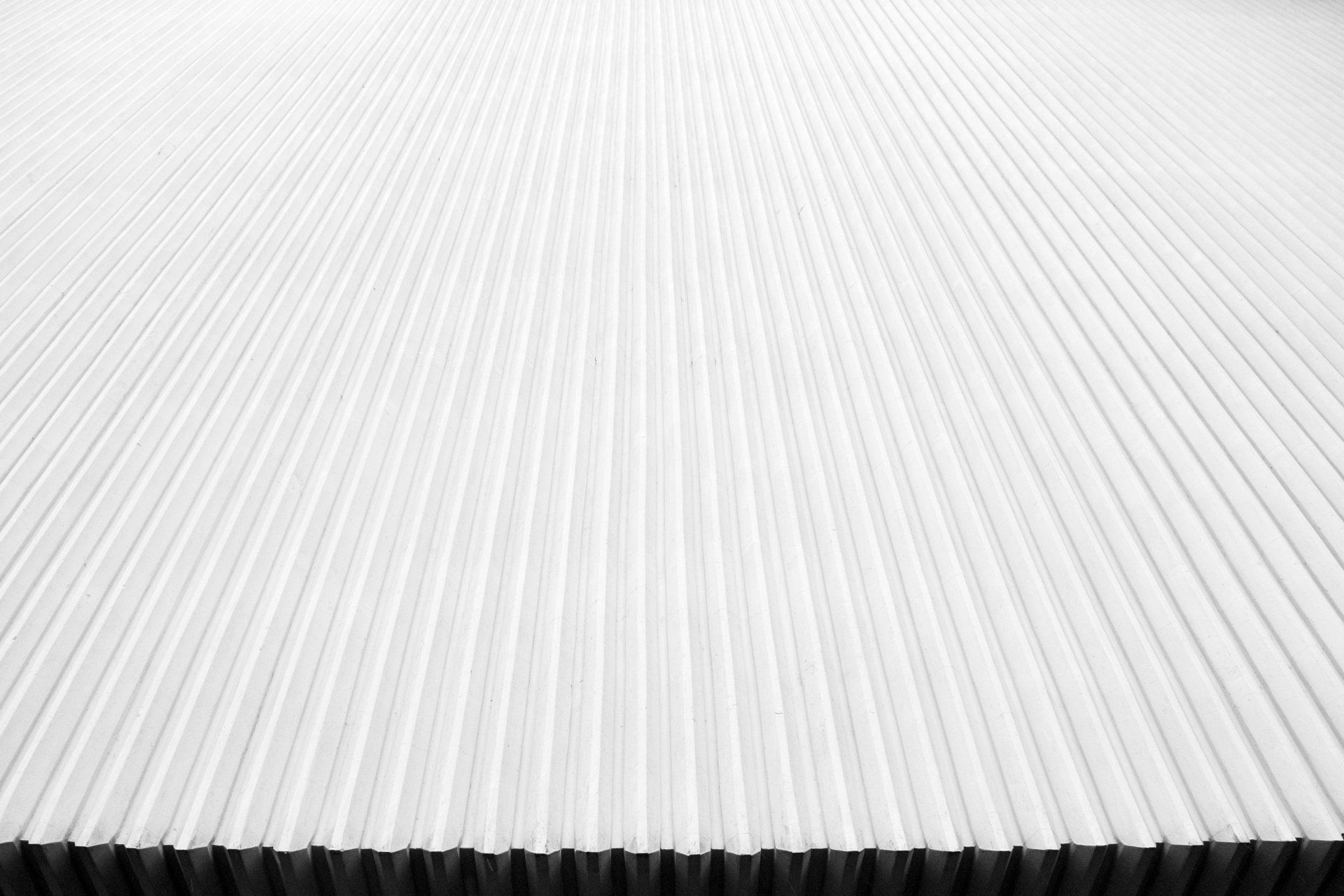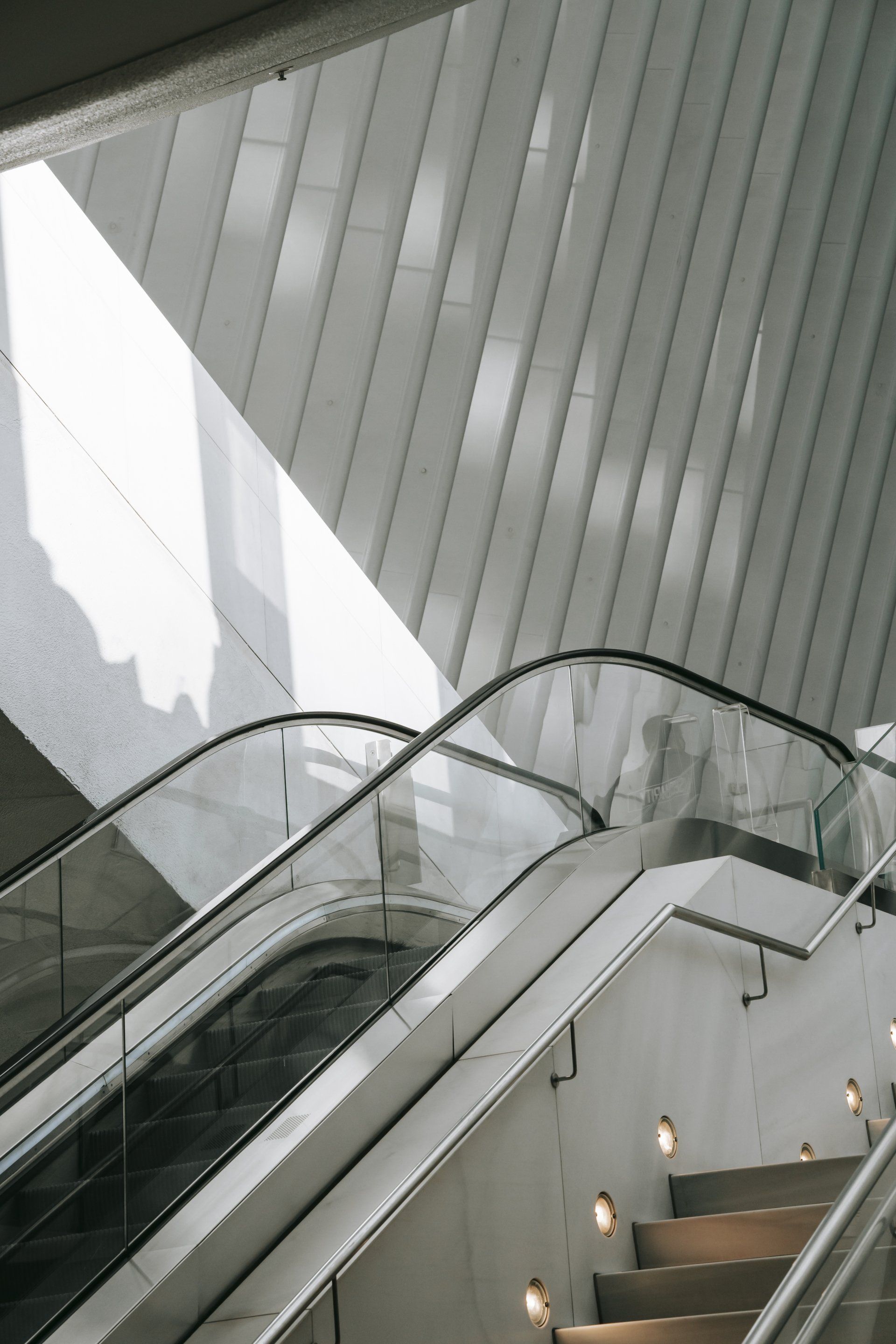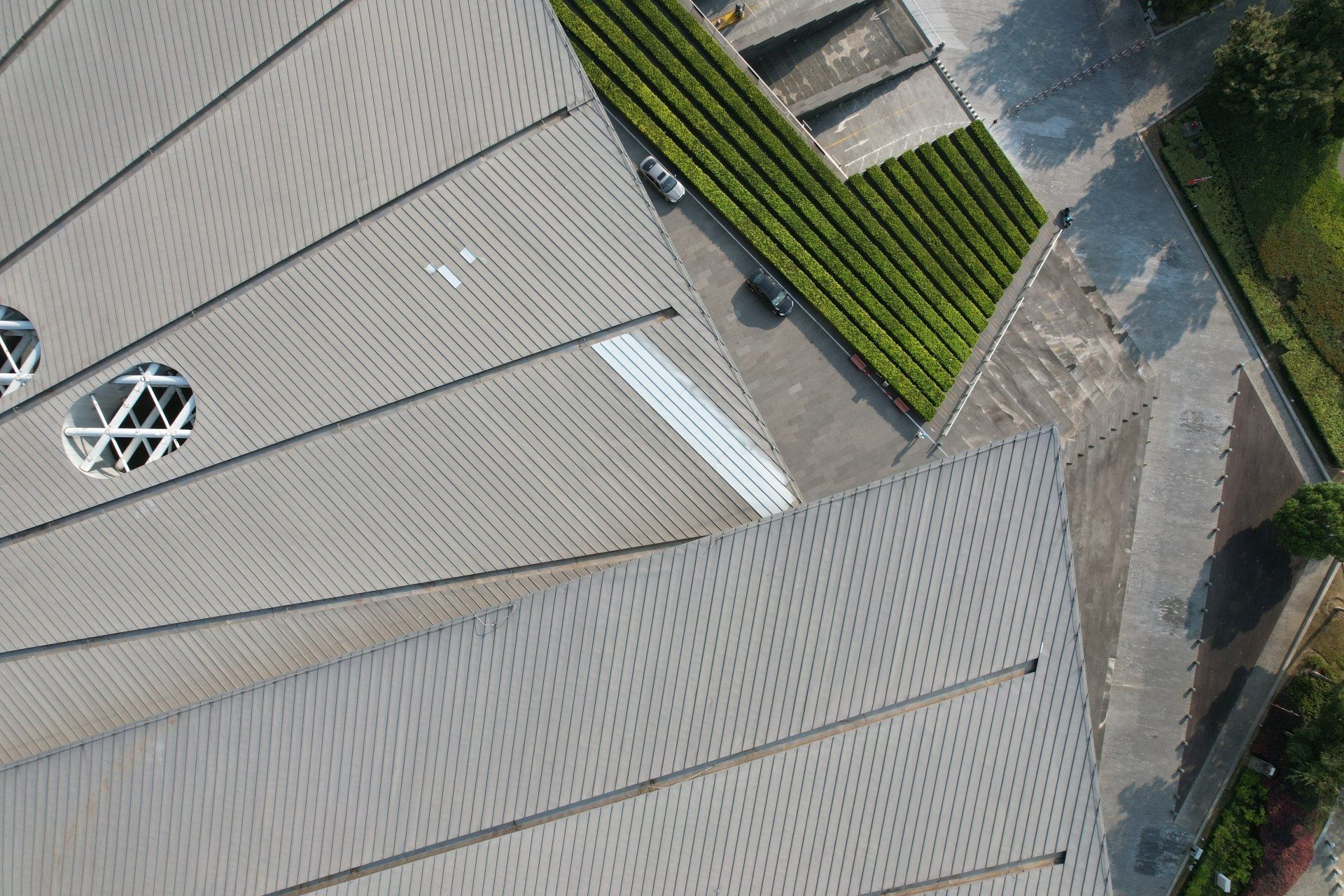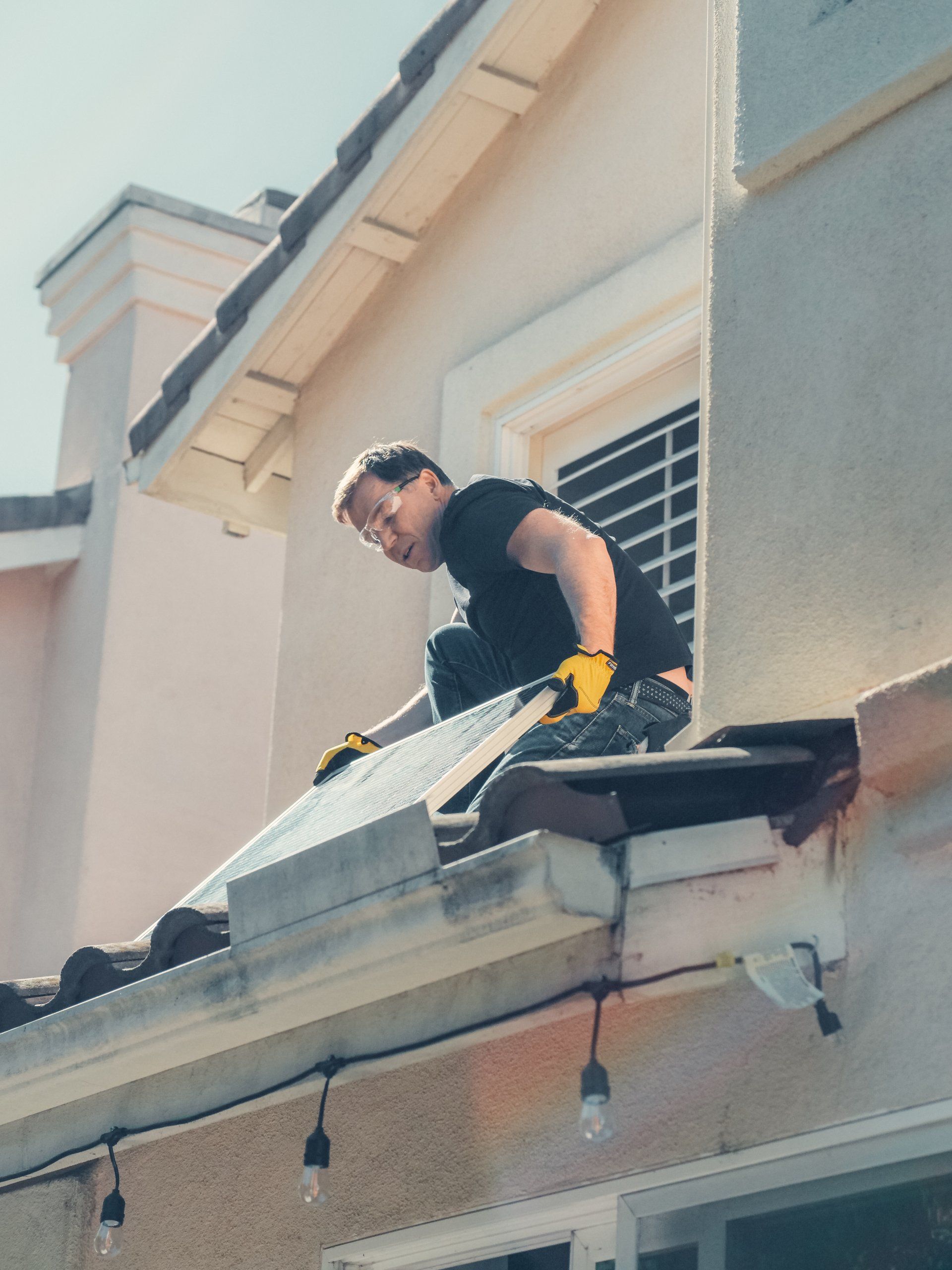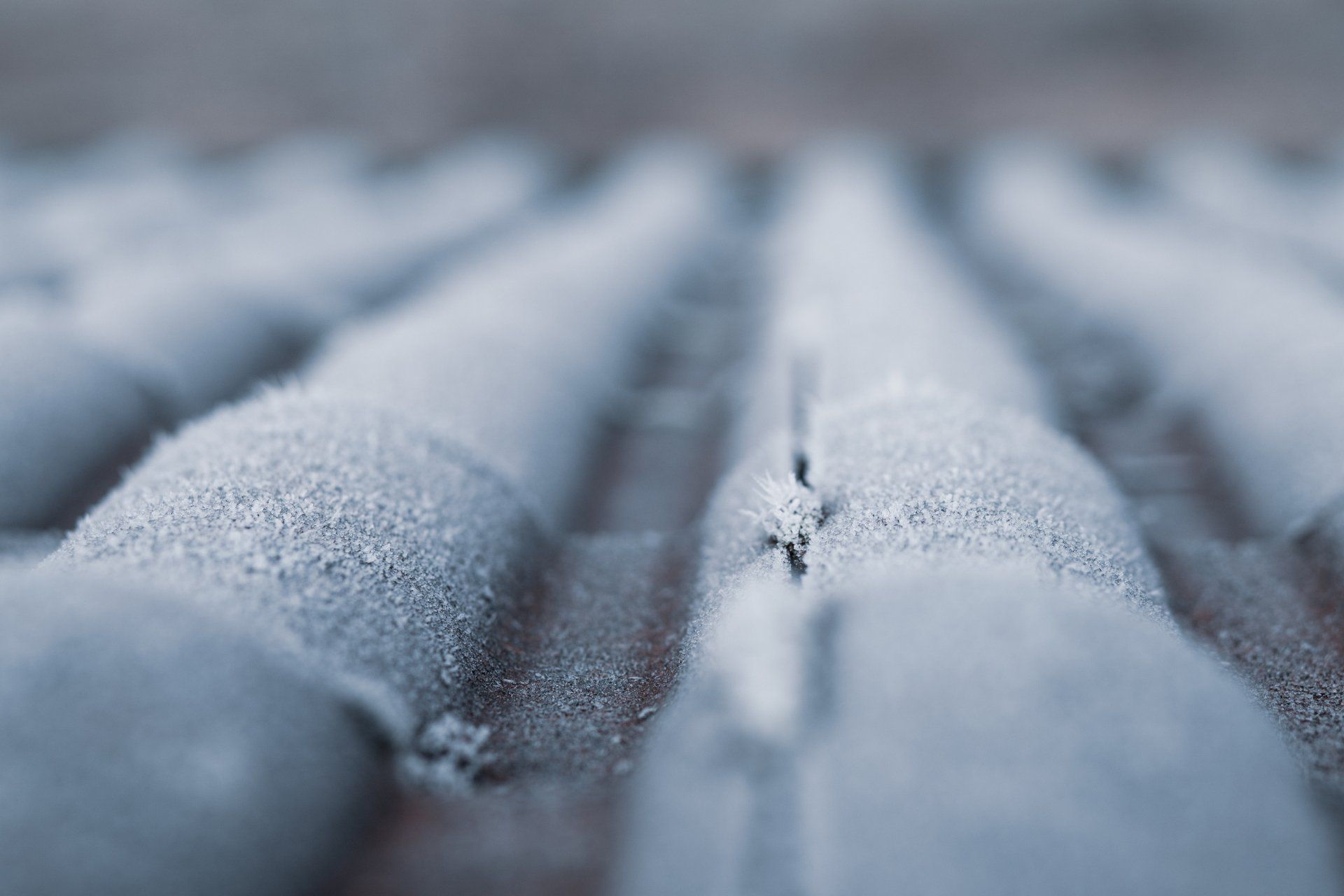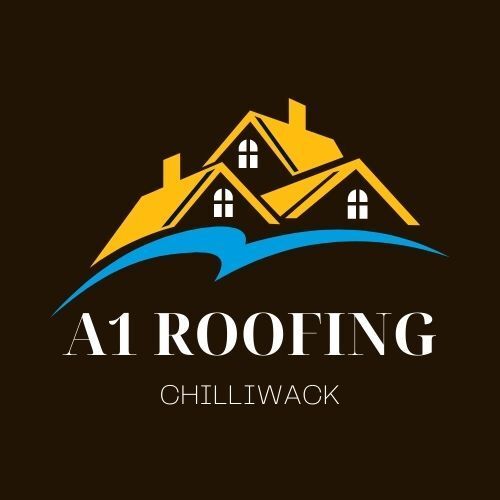Are flat roofs more efficient in energy use than pitched roofs?
Are flat roofs more efficient in energy use than pitched roofs?
Look through an architectural design magazine you'll find flat-roofed houses in the hundreds. Roofs that are flat or low-sloped may receive acclaim from designers because of their contemporary, trendy look; however, there's another reason why they're becoming more popular; according to some building experts, they're more energy efficient, too.
Flat roofs usually get an undeserved bad rep because of their tendency to leak, at least when not properly maintained. But when it comes down to the thermal properties, they generally surpass the older roof pitched. What is the reason? A lot of flat or low-sloped roofs are built with innovative insulation techniques and utilize innovative materials that reduce overall energy consumption for cooling and heating. This article will provide the entire details on flat roofs and why they make them top energy-efficient.
Insulation makes a difference in flat roofs.
Based on the Department of Natural Resources Building Guide, flat or low-sloped roofing systems typically show better efficiency in energy use due to the different insulation. They typically have membranes, which are affixed over a sheet of insulation that is rigid. Pitched roofs, on the contrary, usually use the cavity insulation method that uses fiberglass batts or loose insulation that is stuffed into insulation blankets placed between ceiling joists.
Since rigid insulation doesn't have gaps like those in the cavity systems, it's more effective. It's what builders call continuous insulation--that means the roof is the same R-value throughout, which means there are no gaps in the coverage.
Flat surfaces are better candidates for cool roofs. However, their use is controversial.
Early pioneers of efficiency were attracted by the idea of "cool roofs": reflective or light-colored roof surfaces that were designed to disperse heat from interior spaces by reflecting the heat back into the air. They believed that this would prevent roofs from absorbing and then transferring the heat into the building, which could save on cooling demands for a house. The initial advantages of cool roofs appeared to be huge--in studies, people saved tons of energy that they could typically use to cool their hot homes. Those with low-sloped or flat roofs were the ones to benefit the most.
Because flat roofs are typically constructed as membranes that are covered by a protective coating, they could be easily transformed to cool roofing. Even though their protective coatings are typically used to protect the roof's surface, all they had to do was to add reflective materials, and then they'd have an attractive roof coating. This kind of retrofit would be much more difficult on a standard pitch roof because roofing coatings can break and chip when applied to roofing materials that are traditional such as asphalt shingles.
However, there is evidence to suggest that a cool roof might not be the energy-saving wonder that people once thought of. A study conducted by Stanford, for instance, found that cool roofs increase the urban heat island index. Their models for predictive purposes found that the presence of reflective or white surfaces accelerates the process of climate change by reducing cloud coverage, which can cause drought conditions.
While flat roofs might be more suitable for cooling your roof, the total impact on the earth is likely to be worth the cost. However, flat roofs made of adobe were used in the past by Native Americans in the southwest for many thousands of years. This indicates their capacity to withstand a bit of sunlight.
Flat roofing materials are highly efficient if you select carefully.
Because flat surfaces have to be covered by an edging membrane, they prefer different roofing materials over pitched roofs. Some of these roofing materials work well for thermal insulation, such as roofing that is made of rubber which is often referred to by roofing experts by the name of Ethylene Propylene Diene Moner, or EPDM.
EPDM is extraordinarily energy efficient. Through studies, Oak Ridge National Laboratory discovered that the ballasted EPDM roofs provide similar savings in energy usage to reflective, cool roofs. That is, they could reduce the roof's surface temperatures by between 30 and 40 percent. This lower temperature can limit the transfer of heat, which makes EPDM-covered roofs a possible smart choice for homeowners living in climates where there is a high demand for air conditioners. The body content of your post goes here. To edit this text, click on it and delete this default text and start typing your own or paste your own from a different source.
